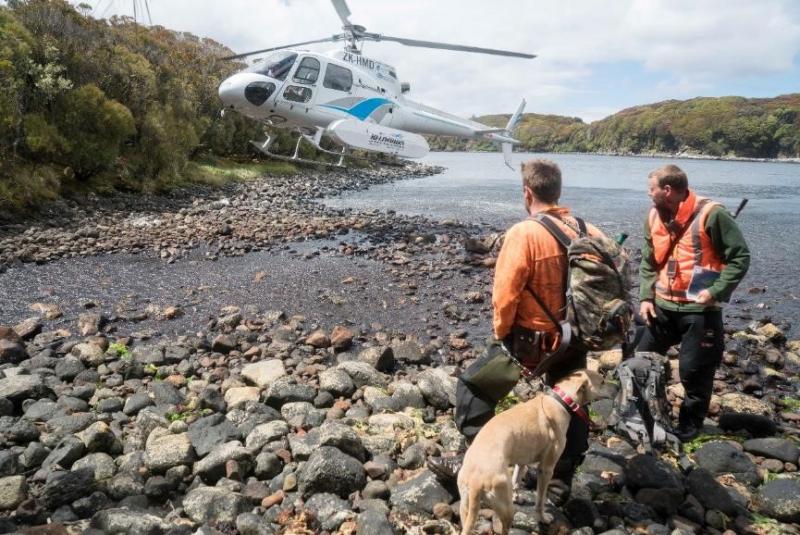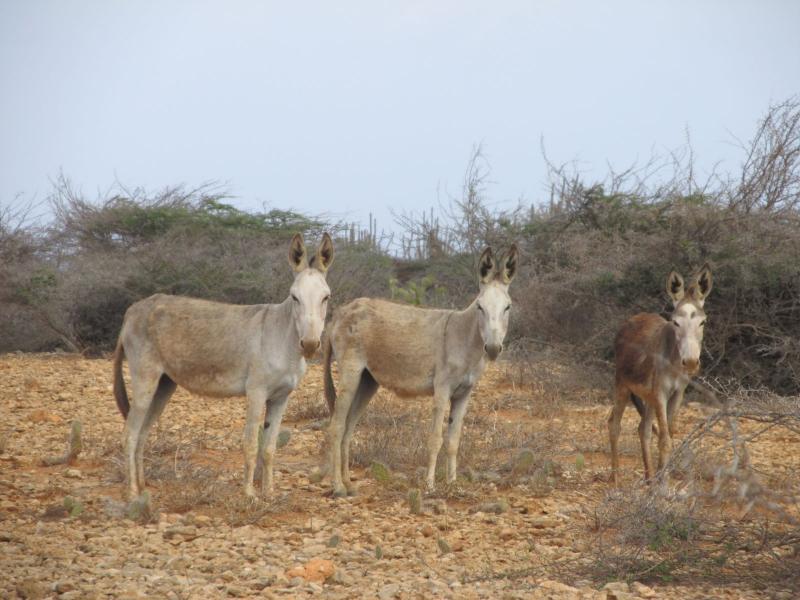The economic benefits of invasive species management
Posted by Michaela Roberts on Wednesday 24 July 2019
Bushtail possum, a native of Australia is now an invasive species in New Zealand. Credit: Brisbane City Council.
Invasive species are increasing worldwide, and with them so is our understanding of how they damage native ecosystems. Control of invasive species is therefore becoming increasingly important for society, but comes at a high cost. Understanding the value of avoiding damage by invasive species, and of public support for controlling them, is therefore important for invasive species management.
Invasive species have both positive and negative impacts on human wellbeing and on the things we produce. For example, pheasants (which originally came from China) are released into the UK countryside every year because they provide enjoyment for hunters. However, pheasants are also hosts of sheep and deer ticks, which carry Lyme disease. Pheasants amplify the disease in the environment, increasing the chance of spread to humans. We therefore see pheasants as having a positive value for recreation, but a negative value for health. When we think about production, we introduce invasive species such as eucalyptus because they allow us to increase the amount of timber we produce, but damage to timber by invasive beetles, such as the Emerald Ash Borer, can have a negative impact on production.
Donkeys are an invasive species across many islands worldwide. Credit: Michaela Roberts.
Measuring values
Where invasive species impact things we can sell, such as timber, we estimate their costs from market prices. However, because many of the impacts of invasive species occur on things we don’t sell (e.g. on native biodiversity, or recreation opportunities), we often need to use “non-market” valuation methods to understand the wider costs of damage.
One way we can estimate non-market values is to use methods that rely on people making choices between different levels of environmental quality and associated costs, known as stated preference methods. These methods either involve people voting on whether they agree with a change in environmental quality at a specified cost (e.g. to understand people’s preferences for delaying the arrival of aquatic invasive species, where even short delays generate significant economic benefits) or making repeated choices over bundled environmental goods, including a cost (e.g. to understand French citizens’ preferences for control of the invasive Asian ladybird to protect a native ladybird).
Stated preference methods are valuable because they enable us to understand people’s preferences regarding a wide range of impacts caused by invasive species. However, they are criticised because we don’t collect actual payments during the exercise, so people may not be truthful in their responses. An alternative is to use revealed preference methods. This means monitoring people’s real-world behaviour to indicate their preferences for different goods. This might include monitoring how far people are willing to travel to experience an environment (e.g. to visit areas with different levels of damage by pigs and goats), or how much they pay for their houses (e.g. higher house prices for lake-front properties without invasive aquatic plants)

Hunters work in remote New Zealand landscapes to remove invasive pigs. Credit: New Zealand Department of Conservation
Although understanding values beyond the things we buy and sell is important, especially when we consider our natural environment, stated and revealed preference methods still have many limitations. It is well known that people’s values vary with the information they have, and most of the general public have not previously thought about many of the impacts of invasive species. It is important therefore that we don’t ask people to value an invasive species itself, but to value the services which would be disrupted by their presence. It is much easier to put a value on the loss of the opportunity to cycle through a forest than it is to put a value on a beetle that you didn’t even know existed 10 minutes ago. We must also take care to quantify and communicate uncertainty over impacts, a significant challenge because the impacts of invasive species are often unpredictable.
We also need to account for any positive values associated to the invasive species. If we fail to do this any control might be undermined by social opposition. In a changing climate the very definition of ‘invasive species’ can also become problematic, as species ranges shift and, more controversially, we might need to assist some species in moving to new ranges. All of these things complicate the valuation of damages caused by invasive species.
As invasive species continue to grow in number, and the damages they cause increases, control of invasive species becomes more and more important for governments and land managers. Using methods like stated and revealed preferences we can estimate the economic costs and benefits of invasive species control beyond only those things that are bought and sold, and therefore improve invasive species management.
Note: A previous version of this article was originally published by the British Ecological Society's People and Nature Blog: Relational Thinking, co-authored by Nick Hanley







Comments
Post new comment